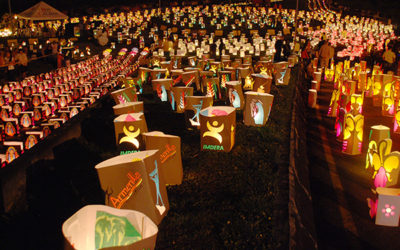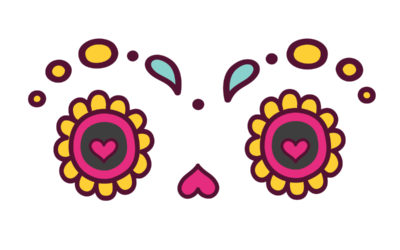Por: Camila Garcia Voelkl.
As the Cuban singer Celia Cruz said, life should be a carnival and we should live it with joy. Sometimes life brings us difficult moments, but in the bad, there is always something good to learn as long as we maintain a positive attitude towards it.
If life is a carnival, you have to laugh, you have to cry and you have to live singing. Perhaps this is the philosophy that our ancestors wanted to share when carnivals were created, a celebration that wastes dance, laughter, joy, and life.
The slogan of Barranquilla’s carnival says it all: To enjoy carnival you have to live it and feel it in your heart. Carnivals are cultural traditions full of music, folklore, dance, and tradition. These parties are one more way of understanding a specific culture as they bring together elements and social characteristics in a lively and dynamic representation.
Carnivals can be considered intangible cultural heritages because they contain traditions inherited from generation to generation which become a testimony of culture.
We have all heard about the Carnival of Rio de Janeiro in Brazil, one of the most recognized worldwide and represented in films and art as a symbol of Carnival. However, all countries have carnivals. Some larger than others, each carnival is part of the culture of their country. Knowing more about them and living them is a way of transmitting culture. Have you ever witnessed and/or participated in a carnival? Here are some recommendations for recognized Latin American carnivals:
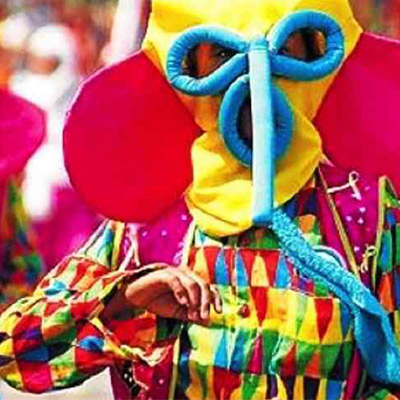
Carnaval de Barranquilla en Colombia
Distinguished since 2003 by UNESCO as a Masterpiece of the Oral and Intangible Heritage of Humanity thanks to the expression of the cultural manifestations of its riverside populations and their ethnic miscegenation. This carnival is the largest folkloric celebration in Colombia and one of the largest carnivals in the world. With more than 100 years of tradition, the carnival is characterized by its colorful costumes of recognized characters who dance in the streets to the rhythm of the cumbia, the porro, the bagpipe, and the puya. Learn more about the carnivals of Colombia
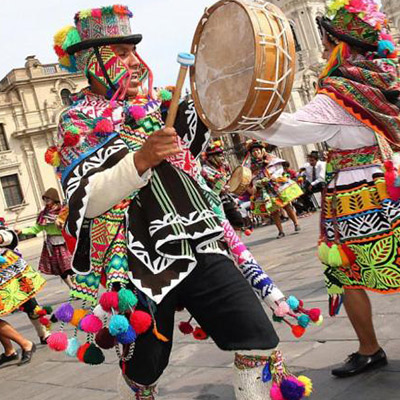
El Carnaval de Ayacucho, Perú.
This carnival is a sample of Peruvian culture and has its origin in the celebration of the land, nature, and the mixture of indigenous and Spanish traditions. The carnival is full of dance, music, and pompous costumes full of colors and typical Ayacucho ribbons. The carnival pays tribute to the Pachamama (Goddess of the earth)
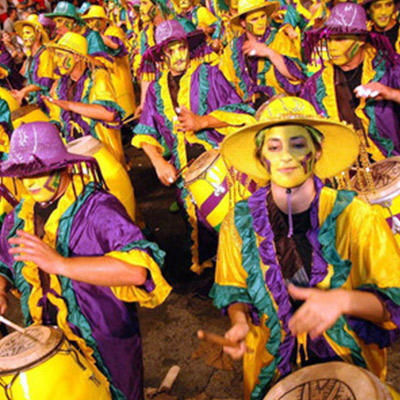
Carnaval de Montevideo, Uruguay.
This is considered the longest carnival in the world. It lasts 35 days, where the Uruguayan capital dresses in colors and fills the streets with comparsa and great dances. The carnival is characterized by murgas, a theatrical-musical genre that perform the main themes of the year, generally with great political and social content. Another characteristic of the festival is the mixture of traditional African festivities, to the rhythm of Candombe, a style of percussion and dance.
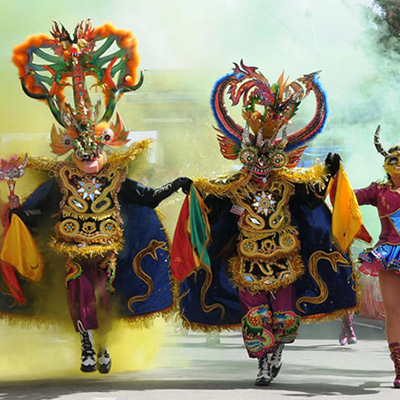
Carnaval de Oruro, Bolivia.
Oruro was an important center for pre-Columbian ceremonies before becoming a mining center. This carnival was recognized by UNESCO as a national heritage. It is characterized by being a fusion that mixes the indigenous traditions of before the colony and religious traditions imposed after the arrival of the Spanish. The most important icon of the festival is “El tio”, a character who was considered to be the owner of the mines and who becomes the Devil of the carnival. Hoping that he doesn’t get mad about taking his precious metals, during the carnival, the miners dance and leave him gifts.

Carnaval de Veracruz, México.
For nine days the port of Veracruz in Mexico dresses up in one of the most joyous carnivals and ¨bullangueros in Mexico. The carnival begins with the burning of ¨Del Bad Humor¨ where the destruction of the negative things that have happened in the country or the region is represented. The carnival ends with the farewell of the character: Juan Carnaval who represents fun and excess.
ACTIVITY
Encourage children to learn more about carnivals, dress up and dance to different rhythms. Here we leave you a PDF of several carnival images to color.
Find more things that may interest you about Culture in our Blog.
Light up your Christmas. The most illuminated night in Colombia.
The night of the candles, a Colombian traditionPor: Camila Garcia Voelkl.In many cultures, Christmas season is characterized by its lights. We light up the tree, we decorate the houses with colored lights and the cities illuminate their streets and main squares. In...
“We have two ears and one mouth so that we can listen twice as much as we speak”
Listening: The first skill to aquire when learning a new languagePor: Camila Garcia Voelkl.The art of learning is always a cumulative process, whatever the content. We learn in various ways and use all our senses for them. The art of learning a language, whether for...
The day of the dead
The day of the dead in LatinAmerican countries Por: Camila Garcia Voelkl. The celebration of the Day of the Dead has become a popular holiday in many countries. The colorful images of catrinas and skeletons are becoming popular as a symbol of Latino culture. But...

